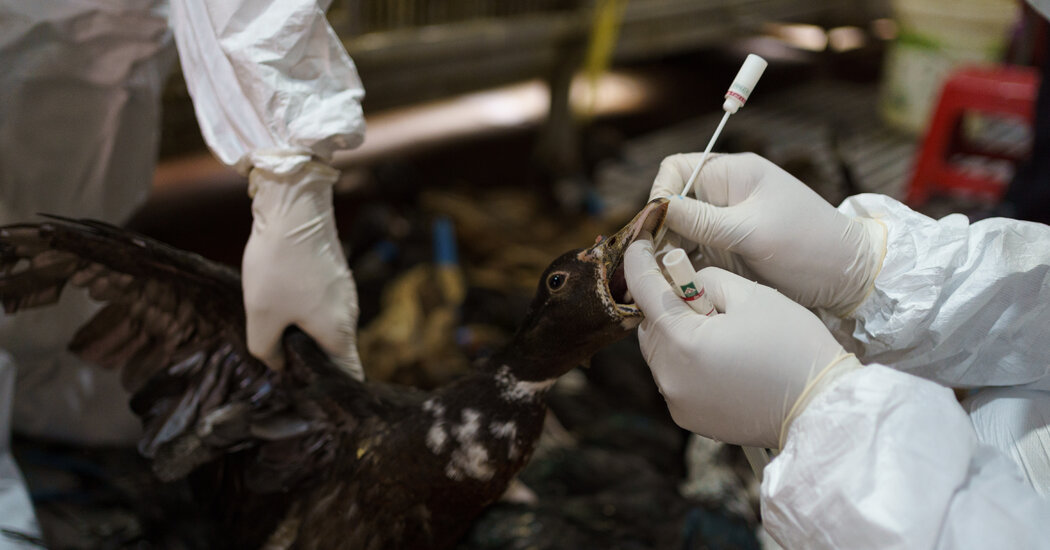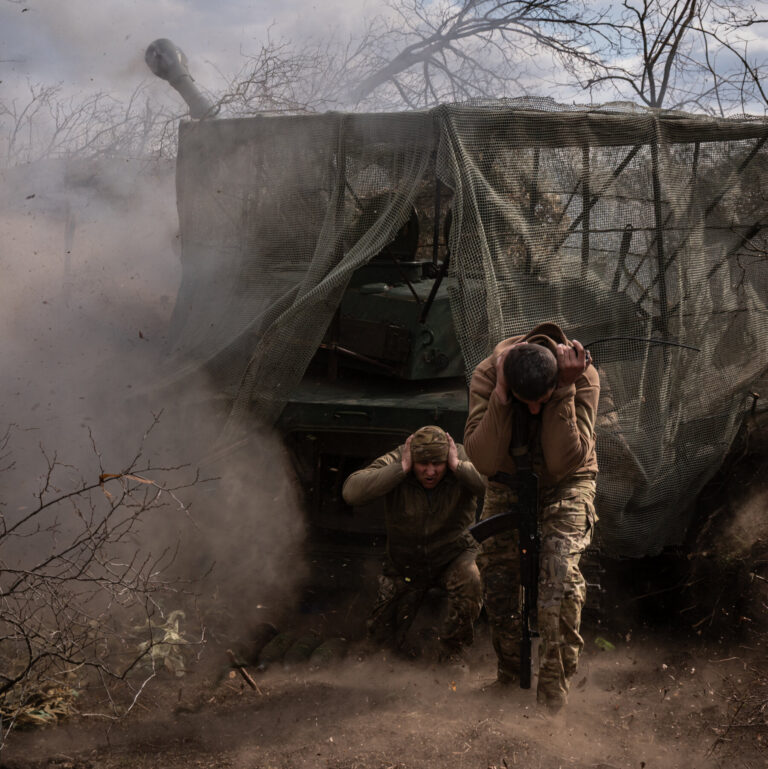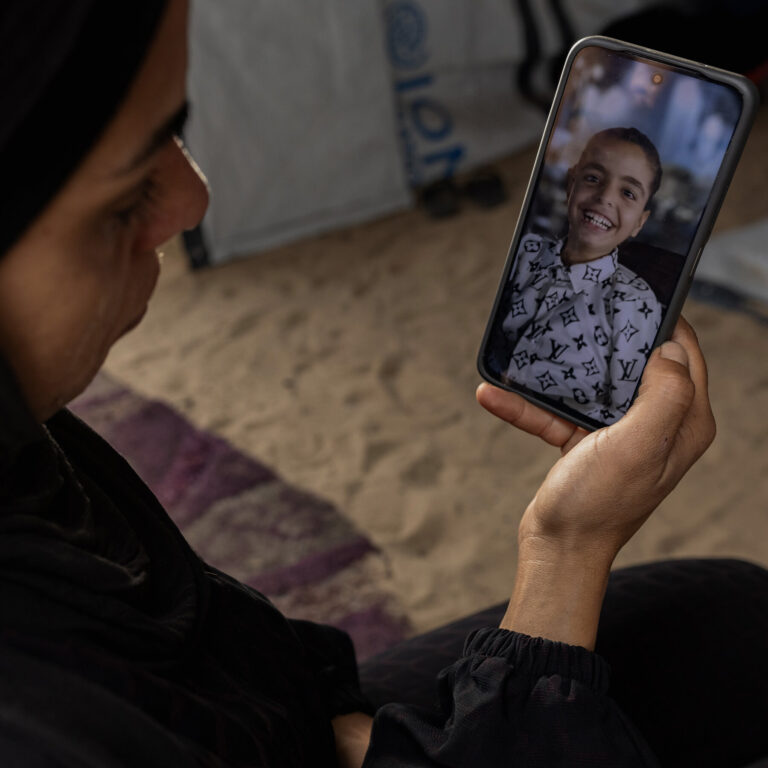Dr. Luch chastised herself for not having thought to test the boy the day before, when she could have saved him if she had treated him for the flu.
But the alarm it raised and the urgent activity that followed were a testament to the strength of Cambodia's disease monitoring system and its importance to the global biosurveillance system.
It is the fruit of years of international and local investments, training and public education. It shows how frontline work in low-income countries is increasingly vital to a global system aimed at detecting zoonotic diseases – pathogens that jump from animals to humans, as Covid-19 did. The goal is to identify and contain them, buying time to produce enough vaccines or drugs to treat them, or to embark on a frantic mission to develop something new.
A growing threat
H5N1 is one of many viruses that cause influenza in birds. It emerged in Hong Kong in 1996 and has since evolved into versions that have caused outbreaks in wild and farmed birds and occasionally jumped to humans.
In 2020, a new, particularly deadly virus caught the attention of scientists as it spread along migration routes to parts of Africa, Asia and Europe.
By 2022 it had reached North and South America and was killing wild and domestic animals, including livestock and marine mammals.
So scientists were alarmed when, in February 2023, Cambodia reported two people who had been infected with the H5N1 virus. Was this the new version of the virus, returning to Asia and killing people? There had been no such human cases in the country for almost a decade, even though scientists had discovered that the virus had been present in birds all those years.
Genetic analysis determined that the virus infecting Cambodians was the familial subtype, not the one found in the Americas—a relief. However, in the past year, Cambodia has reported 11 people infected with bird flu and five of them have died, more than anywhere else in the world.
Global anxiety about H5N1 has increased in recent weeks, since the virus was detected in goats and dairy cows in the United States, and then in a Texas farm worker who fell ill.
As the virus moves between species, scientists fear the potential for the virus to evolve to spread easily not just from birds to mammals, but from person to person.





